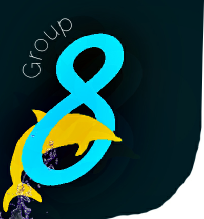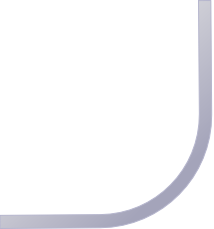The YSI Incorporated 650MDS (Serial F10SC) TS probe was lowered through the water
column and readings of temperature, salinity, dissolved-O2 and pH were taken at 1m
intervals from the surface to the bed. Weights were attached to the probe in order
to keep the profile between the surface and bed as straight as possible in the tidal
current. The tide was ebbing when these readings were recorded, so water depth reduced
for each interval. Thus, whenever the water column depth was between 1m intervals,
the bottom reading was taken at the deepest whole meter. Between each measurement
interval, the probe was stored with a plastic cap over the sensors in order to protect
them from the atmosphere. Before each measurement interval, the cap was removed and
the probe was placed into the water for 30 seconds to stabilise the sensors.
A SOES 3209-1 current meter was used to record depth profiles of current velocity.
Due to a lag between the instrument and logger, the instrument was held at depth
for 10 seconds before the value was recorded. The depth was estimated using 1 metre
interval marks on the cable and this was cross referenced and confirmed by also recording
the pressure for each measurement. After the first reading, two data profiles were
collected; one from surface to the bed, and the second on the way back up from the
bed to the surface. The data from these two profiles were averaged to increase accuracy.
Using this method, data on the current speed, current direction and pressure was
recorded.
The A Licor LI-1400 light meter was used to record depth profiles of irradiance.
The light meter consists of two light sensors, one at the surface that measured the
light incident upon the water surface, and the second at depth, which measured the
irradiance down the water collumn. A metal anchor was attached to the end, so that
the depth profile was as straight as possible in the tidal current. The depth was
measured using 1 meter marks along the cable.
The weather was overcast, and varied between 7/8 and 8/8 cloud cover, with the sun
occasionally breaking through. The opposite side of the pontoon was busy with activity,
ferries arrived and departed, as well as local groups canoeing. Any of these activities
could disturb the bottom sediment and reduce the irradiance at depth.
Depth profiles were collected every 30 minutes. The sensors were calibrated against
each other before each recorded measurement interval. After calibration, measurements
were taken at 1 meter intervals between the surface and near the bed, these measurements
were repeated when the light meter was raised from the bed. The two readings at each
depth were then averaged to increase accuracy.




